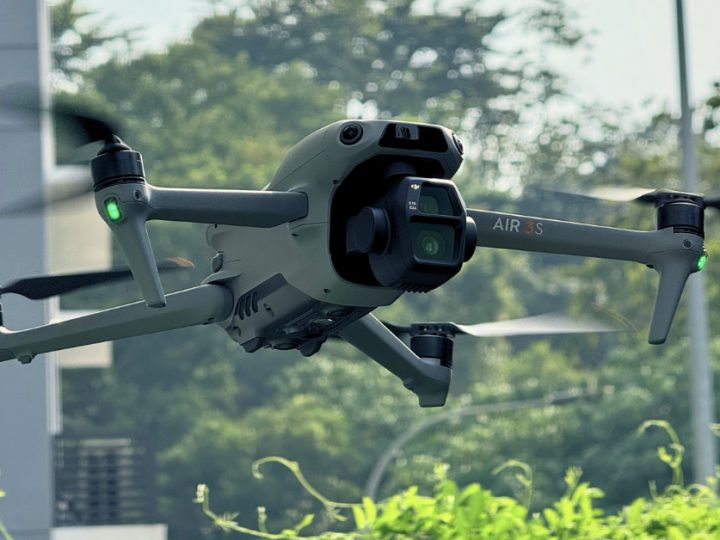Here’s Why The Moon Is More Than Just A Way To Tell Time When Ramadan Starts
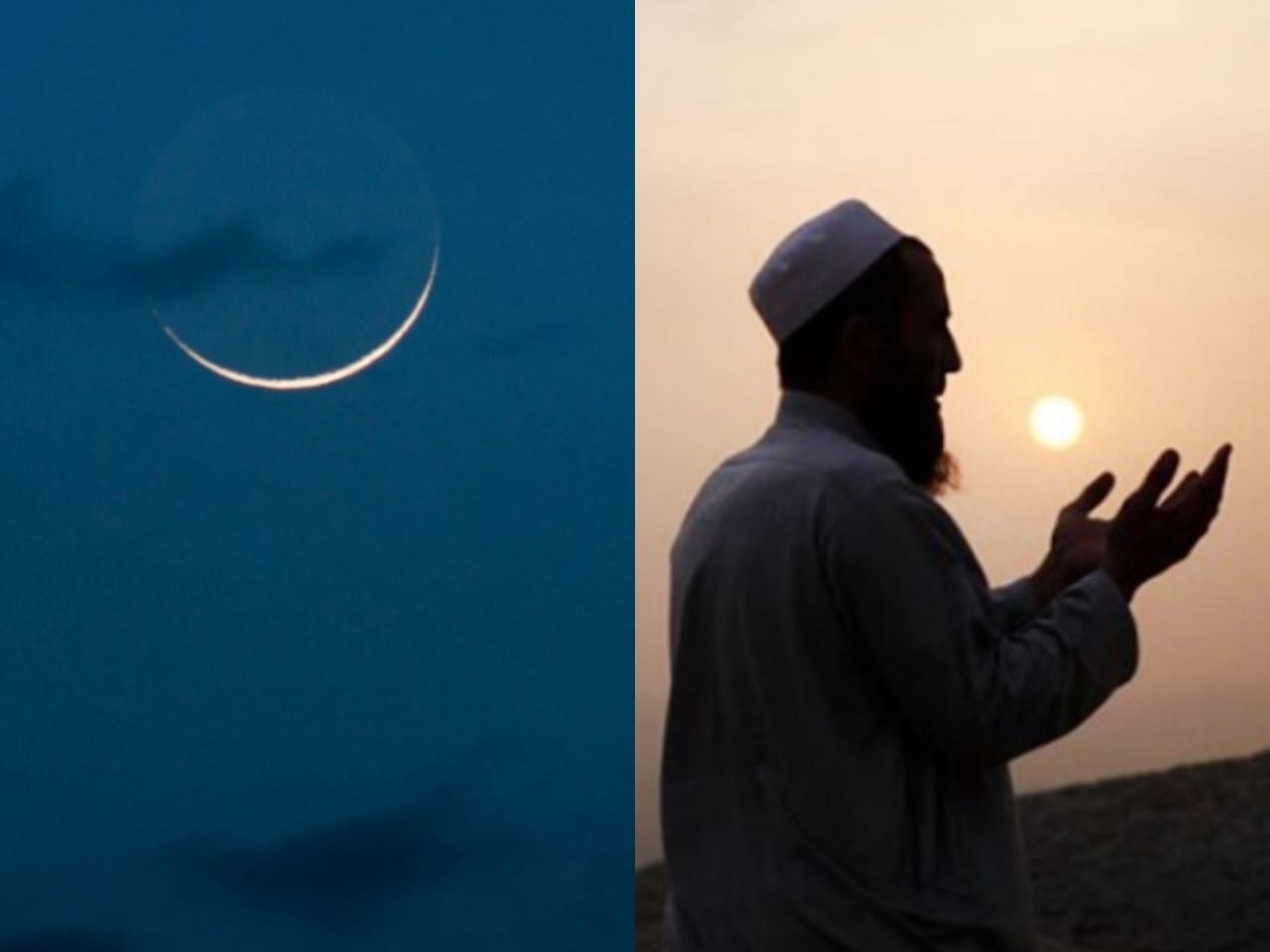 Thirsty for JUICE content? Quench your cravings on our Instagram, TikTok and WhatsApp
Thirsty for JUICE content? Quench your cravings on our Instagram, TikTok and WhatsApp
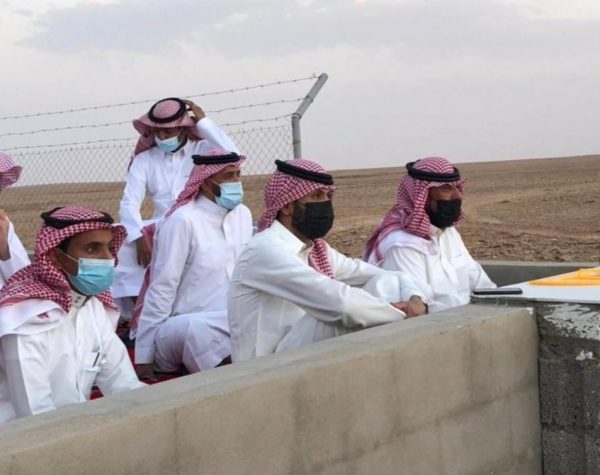
What happens during Ramadan?
Ramadan is the Muslim holy month in which the Quran was unveiled to the Prophet Muhammed for the first time. The principal aim of this month is to bring one closer to God.
It’s also a season for devotees to express gratitude, practise self-control, empathise with the less privileged, and focus on devotion by removing temptations.
Observant Muslims fast before sunrise, or Fajr, until sunset, or Maghrib, during the month.
Why do Muslims revere the moon?
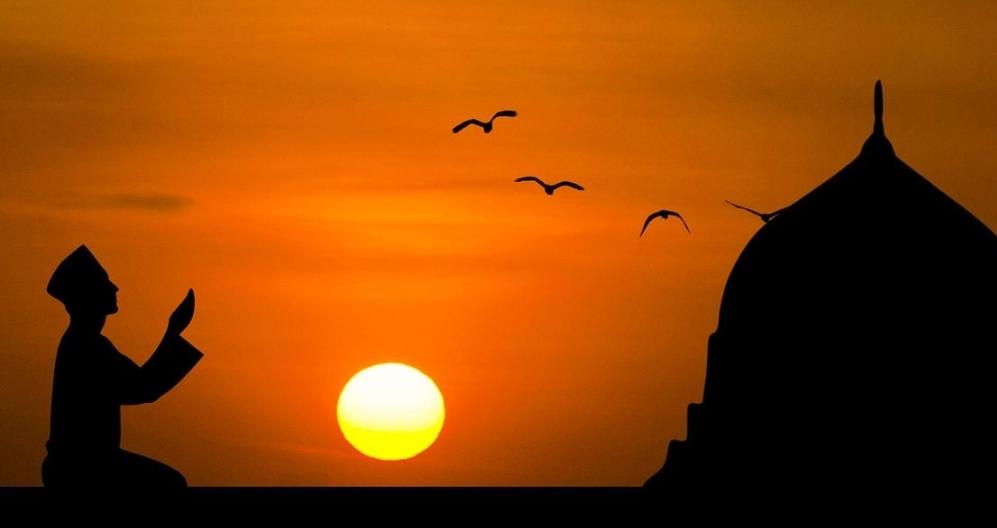
Islam arose in Saudi Arabia, where desert trade routes were predominantly taken at night, therefore navigation was largely based on the location of the moon and stars. As a result, the moon carries a meaningful significance, as God’s guidance on the path of life.
This period is a time for one to magnify spiritual devotion, advance religious studies, and perform charitable tasks in the Muslim calendar’s holiest month. It all culminates in Eid al-Fitr, a multi-day festival.
In order to gain increased “taqwa,” or consciousness of God, the fast requires abstention from temptations pertaining to the mind, body and soul. One must also remain celibate during the fasting hours.
Along with the profession of faith, prayers, alms, and pilgrimage, fasting during Ramadan also stands as one of the five pillars of Islam.
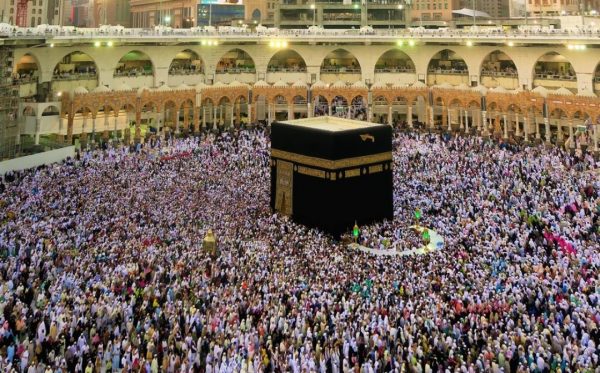
The Lunar Cycle
The lunar cycle influences the Muslim calendar, therefore Ramadan begins when the new crescent moon emerges in the sky and finishes after 29 or 30 days, contingent upon the moon cycle. Ramadan 2022 commenced on the evening of April 2nd and thereby will end on May 1st in the United Kingdom.
Ramadan rotates by about ten days each year since the Islamic calendar is centred around the lunar cycle.
Because the new moon does not appear in the same state everywhere at the same time, the start and end dates of Ramadan are determined by lunar sightings received in each region. As a result, Ramadan dates vary from country to country, although usually only by a day.
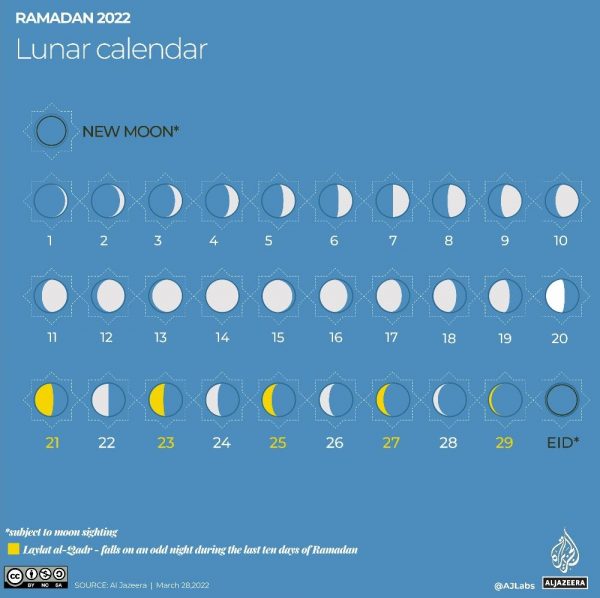
This year, Ramadan’s new moon emerged on April 1 at 06:24 GMT, as per this moon watch.
It shows that the moon may have been visible in areas of North, Central, and South America on that day, thus was observable across most areas of the earth on April 2.
Multiple photos and reverences of the moon across the globe were shared by devotees and news channels on Twitter, a reminder of the way Islam unites and connects mankind especially during this sacred month.
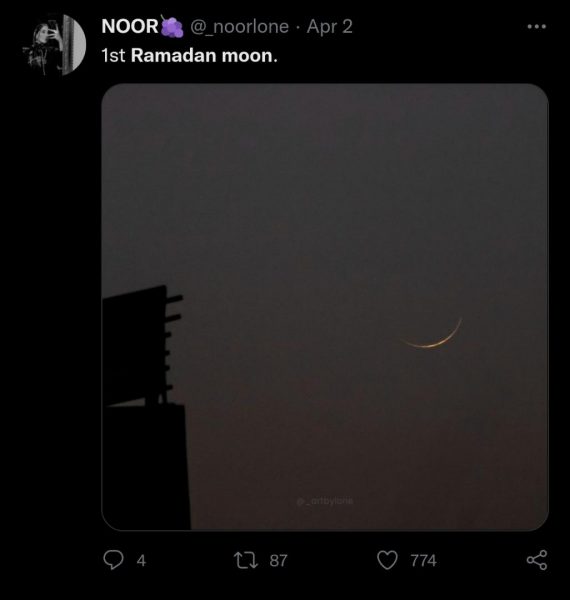
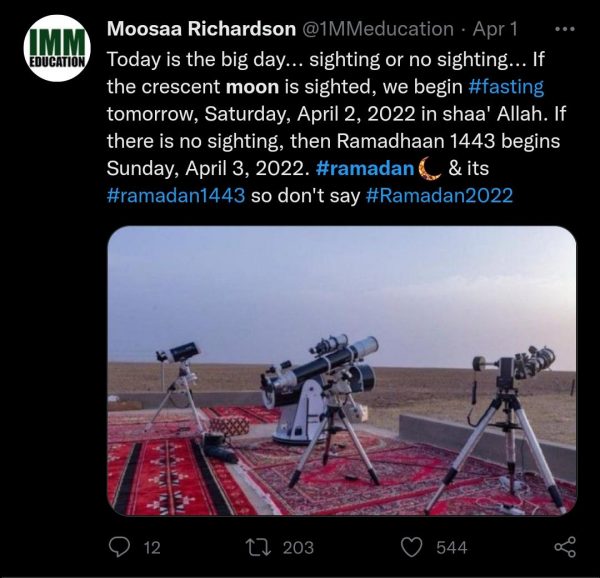
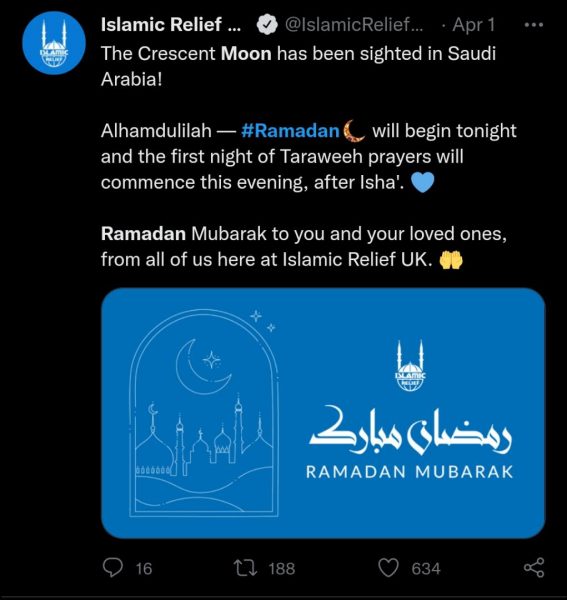
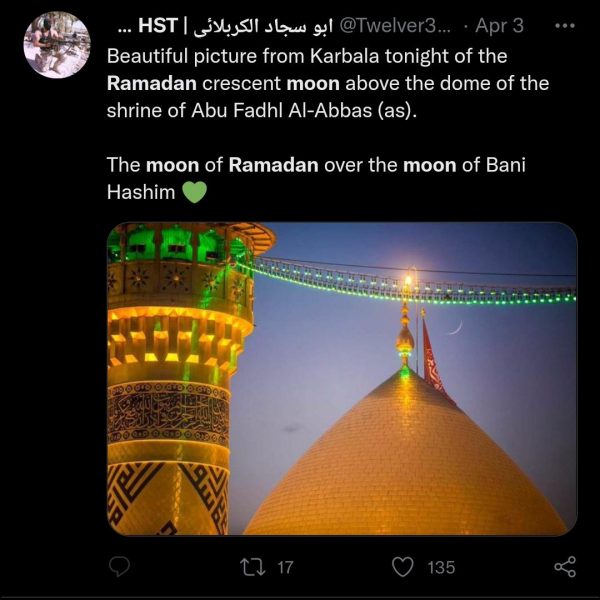
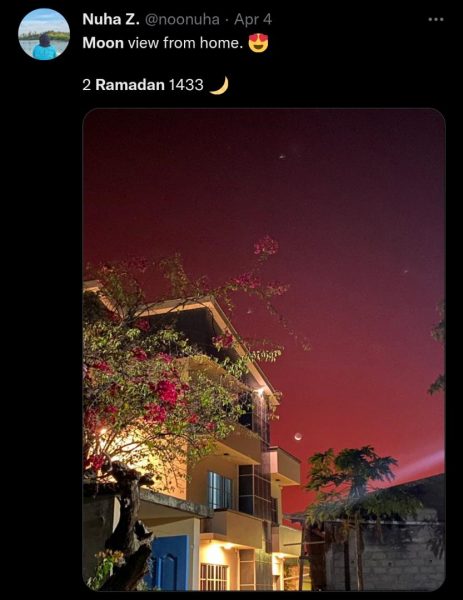
What’s the best way to spot the moon?
The Arab News website suggests that the moon should be viewed from a wider vantage angle, away from densely crowded and built-up areas, as well as natural and man-made impediments such as mountains, hills, and skyscrapers that could impede the observation.
The space should also be free of airborne contaminants such as grit and dampness.
The crescent’s visibility will be determined by elements such as precipitation, cloudiness, and the range between the sun and the moon on the skyline. Some have expressed confusion towards the fasting period due to inconsistent moon appearances.
So what if I can’t see the moon?
Narrations pictured below prove that the beginning and end of Ramadan are dependent on the physical sighting of the moon, and if the sky is covered owing to cloud cover or a dust cloud, one fulfils the thirty days of the month of Sha’ban and takes the next day as the first day of Ramadan.
That’s because the month lasts thirty days except if the moon is visible, at which point it becomes twenty-nine days. Hence, if cloud cover persists, it is necessary to wait thirty days for Sha’ban and not to rush.
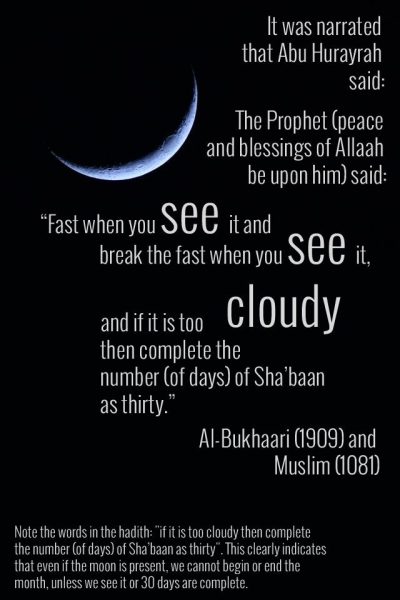
The Prophet’s (Salallhu ‘Alaihi Wasallam) approval of Ibn ‘Umar’s moon-sighting demonstrates that a single credible Muslim person’s report is adequate for all Muslims, and that it is not necessary for several individuals witness it before it is acknowledged. (source: abukhadeejah.com)
Although the moon possesses an intrinsic value, in modern times, Muslims often refer to the falak calculation system. It is an astronomical method used to determine the position of the moon more quickly and accurately.
According to Jabatan Mufti Terengganu, Muslims are urged to use this system as it is more precise, compared to relying on the naked eye.
When does Ramadan end?

Ramadan this year is expected to cease on Monday, May 2, 2022.
However, Eid al-Fitr will not commence until the sighting of a New Moon, known as the Shawwal Moon.
Muslims celebrate Eid al-Fitr at the conclusion of Ramadan. It translates roughly to “fast-breaking celebration” in Arabic. It is commonly referred to as Hari Raya Aidilfitri in Malaysia.
The tradition usually entails visits from friends and relatives, convening to enjoy meals, exchange gifts and offer forgiveness during the Festival of the Breaking of the Fast.
After two years of disrupted celebrations and family separations due to the Covid-19 pandemic, may all Muslims have a fulfilling Ramadan.


 Get Audio+
Get Audio+ Hot FM
Hot FM Kool 101
Kool 101 Eight FM
Eight FM Fly FM
Fly FM Molek FM
Molek FM




